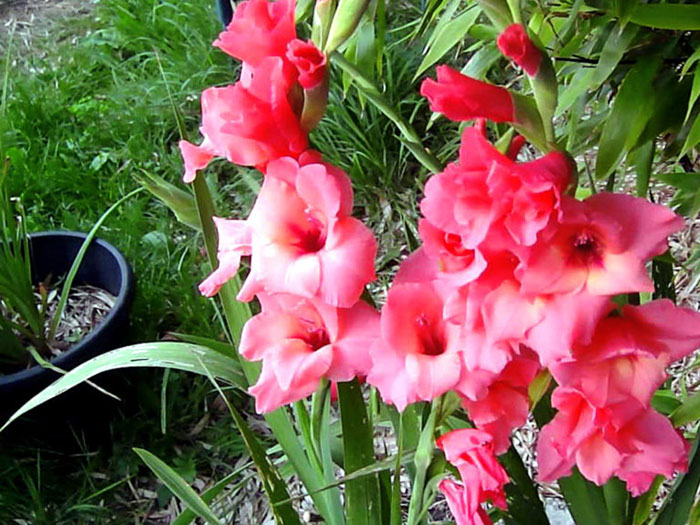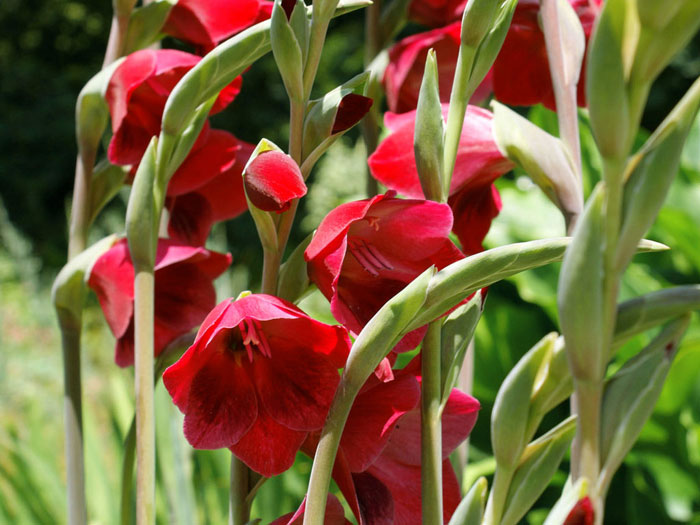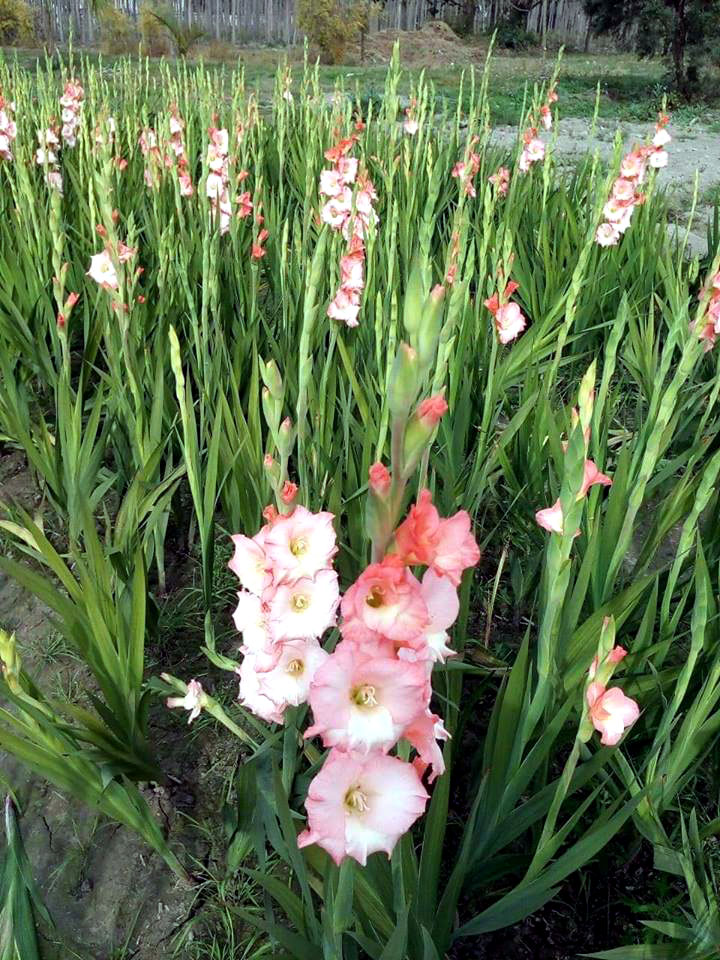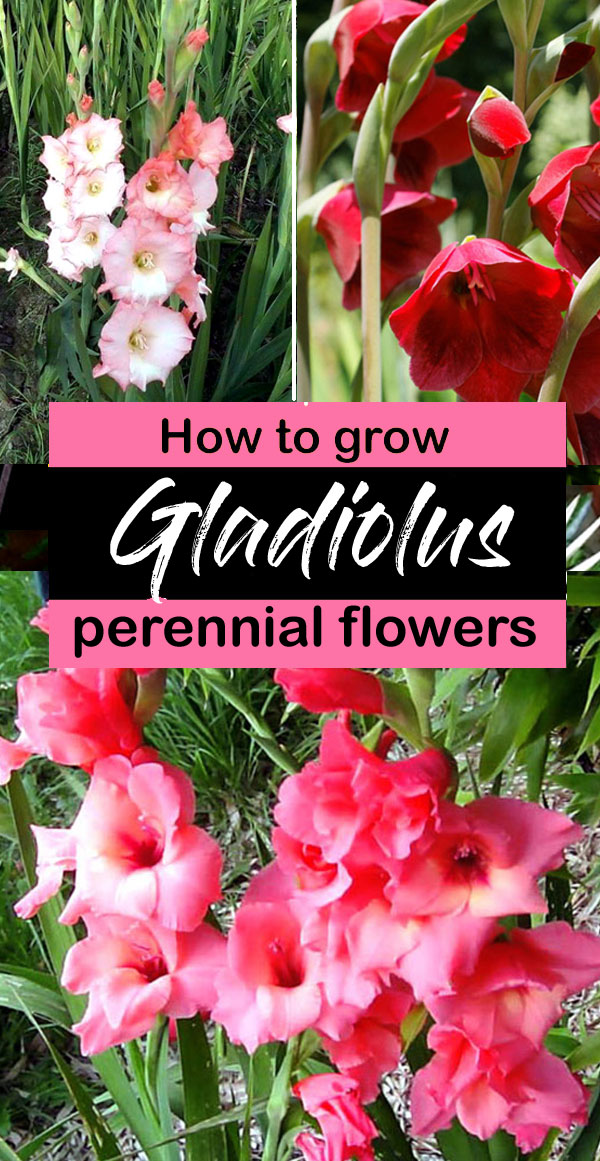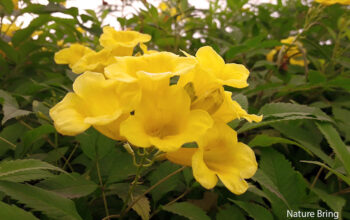Gladiolus plant
Learn How to Grow Gladiolus, Growing Gladiolus plant, Gladiolus corms, Dividing and transplantation, and more about this plant. Classical gladiolus flowers in mid-summer adorn your garden. Gladiolus genus of 260 species. Most of which is native to South Africa. These are perennial flowers that are popular because of their beauty. The flowers grow on long spikes which are brought into use in cutting gardens and borders. Gladiolus corms (bulb-like structures) are growing.
The vase life of flowers is in your drawing-room. Based on its size, color and height are several species. Their flowers are smaller than the giant. But the most popular plant is 3 to 4 feet tall. It comes in various colors including red, pink. Yellow, cream, coral, and green is prominent. Most winter hardy gladiolus varieties USDA Zone 7.
Classification gladiolus plant
Scientific name Gladiolus dalenii
Common name Gladiolus
Plant type Flower
Sun required Full
Soil type Any, well-drained
Flower color Pink, White, Orange, Yellow, and Green
Zone 6-10
Bloom season Summer
Growing Gladiolus plant
Soil and location
In early spring when the soil temperature is correct then it should Plantation. Gladiolus corms you can buy easily from any nursery. The dry and well-drained soil is perfect for planting, these plants cannot survive in soggy soil. Select a place where the full Sun comes directly.
Planting
You can plant gladiolus corms 2 weeks before the last expected frost in spring. From which you can enjoy flowers throughout the summer. Find your glads every 2 weeks until the beginning of July. It will be astonished at the time of flowering. In the early, mid, and late-season, it can expand the flowering season by planting its different varieties. Read more.
Spacing
Planting the corms 4 to 6 inches deep and 6 to 8 inches apart. If you have clay soil, then make the raised beds and the soil of the garden deep 12 inches before planting.
Watering
Water thoroughly after planting hardy Glades. If the does not rain then give water from time to time during the growing season. Give good deep water once or twice a week; 1-inch deep water is better for this during the growing season.
Fertilizer
Before planting gladioles, add good manure to the soil. When the plants are about 10 inches long and start producing flowers, add organic, soluble fertilizer.
How to care Gladiolus flowers
- Place 2 to 4-inch layer of mulch, as well as help, maintain the moisture it is also helpful in preventing weeds.
- Be sure to water the plants regularly during the summer. Allow water to maintain moisture water them moderately.
- Fade and dead flowers and dead stalk remove immediately, it affects plant growth.
- To maintain the plant, leave it to maturity, the corms can be alive in the next session.
- If you live in zone 7 and 8 in the winter to protect it may lay down a surface of grass Corms should be dug before the first frost.
- During the summer months, when the sun began to fall, the container and put it in the cloud lifted.
- If you want to use in the bouquets including Stems flower to cutting. Cutting leaves sparingly because of its leaves for the second year in use is essential in nurturing parenting bulb.
- It stops when the blossom, then not cut off. Their leaf via photosynthesis produces food and strengthens the bulb. Keep the water as per the requirement. When they become pale stalks take it.
*Spike removes the bottom leaves. Leave the spike tip, this is part of the plants, but it’s different because it will encourage more flowers.
*Its flowers look good in clusters. Gardner takes a few plants that bloom in two-week intervals to extend the bloom season.
Gladiolus corms (bulbs)
Gladiolus corms in botanical terminology are known as bulb. A corm is a short and thickened section at the base of the plant. A layer of leaves on corm buds. The new varieties of Gladioli are not cultivated from seed.
Dividing and transplantation
USDA hardiness area 6 and in cold, gladiolus corms can be extracted well and can be collected indoors in the fall. They are not rigid and reliable enough to survive in the winter cold. How:
After the leaves begin to yellow, cut off the leaves, dig the ground and take out the corms. Then keep it warm and direct in a sunny and airy space for about three weeks. When the corms dry up, knock off the soil. Remove the old and the bottom corms, you will now see a new cormlet inside. You can remove small corms, but keep the largest (about a ½ inch diameter) to grow in your garden next year. These corms take about 2 to 3 years to grow, and eventually the plants that grow in flower.
Pests and disease
- They are susceptible, so the risk of plant disease and pests.
- To reduce disease or pest problems always start with healthy corms.
- Place planting should change it every year. If plants are yellow post-it worst – virus infection is not treated destroy it.
- If the leaves appear unstable, flowers in bloom fail, misshapen or discolored, then this problem can be of thrips.
- The control of thrips best way to treat the corms in storage. There are several ways, such as in cold enough to keep your corms. If the temperature is between 35 to 40 degrees F, then they will not survive.
Read also: How to grow and care Ranunculus flower. Edible Nasturtium Plant growing and care tips. How to grow Celery. Jade plants growing guide. 10 best vegetables to grow in pots. Cantaloupe growing and care tips. Growing oregano at home. wax flowers growing guide.
For Pin:

